How a century of research culminated in the first lab-built wormhole linking classical physics and the quantum world.
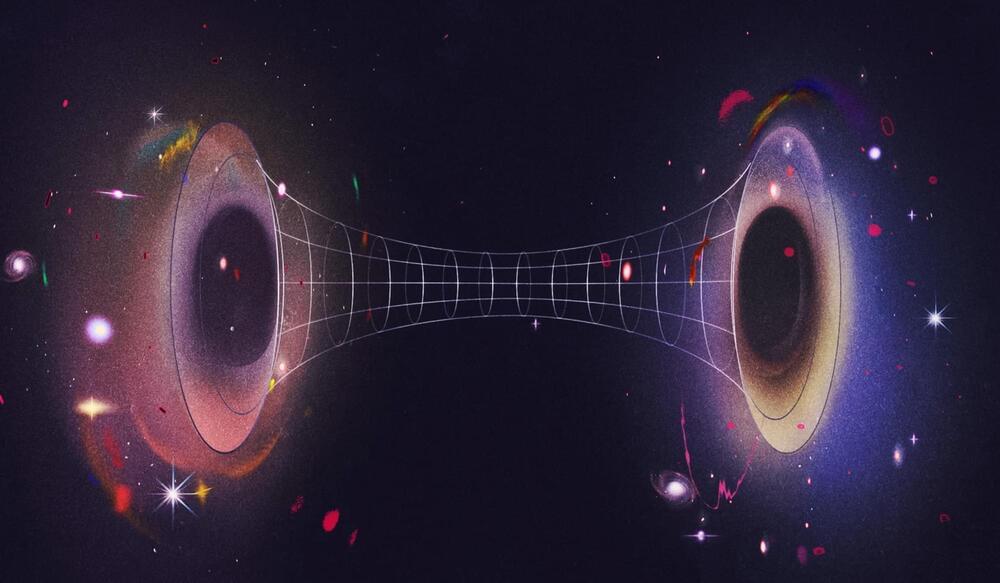


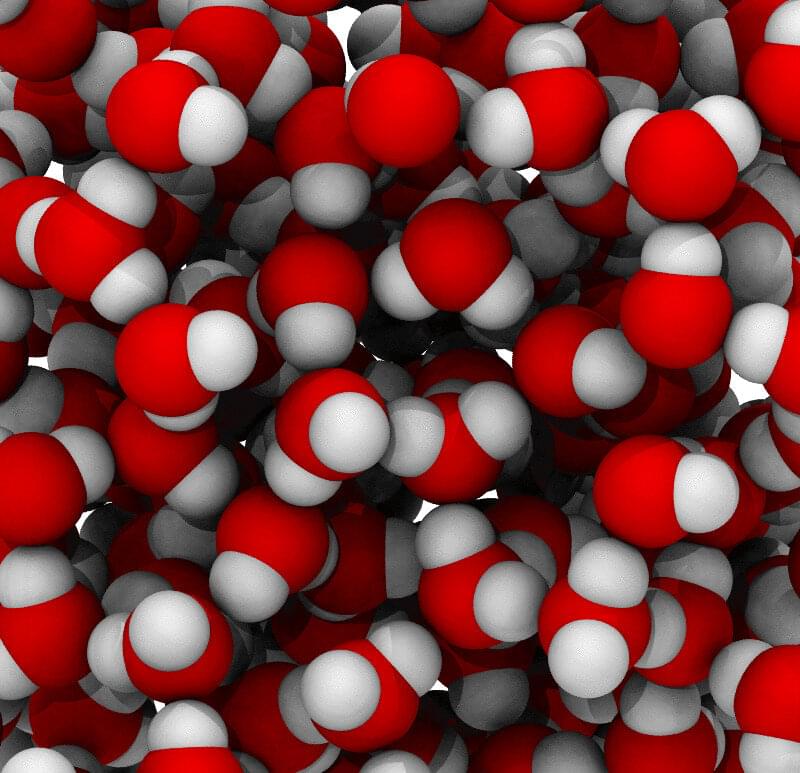
Water has puzzled scientists for decades. For the last 30 years or so, they have theorized that when cooled down to a very low temperature like-100C, water might be able to separate into two liquid phases of different densities. Like oil and water, these phases don’t mix and may help explain some of water’s other strange behavior, like how it becomes less dense as it cools.
It’s almost impossible to study this phenomenon in a lab, though, because water crystallizes into ice so quickly at such low temperatures. Now, new research from the Georgia Institute of Technology uses machine learning models to better understand water’s phase changes, opening more avenues for a better theoretical understanding of various substances. With this technique, the researchers found strong computational evidence in support of water’s liquid-liquid transition that can be applied to real-world systems that use water to operate.
“We are doing this with very detailed quantum chemistry calculations that are trying to be as close as possible to the real physics and physical chemistry of water,” said Thomas Gartner, an assistant professor in the School of Chemical and Biomolecular Engineering at Georgia Tech. “This is the first time anyone has been able to study this transition with this level of accuracy.”
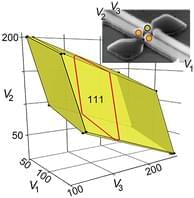
In spin-based quantum processors, each quantum dot of a qubit is populated by exactly one electron, which requires careful tuning of each gate voltage such that it lies inside the charge-stability region (the “Coulomb diamond’‘) associated with the dot array. However, mapping the boundary of a multidimensional Coulomb diamond by traditional dense raster scanning would take years, so the authors develop a sparse acquisition technique that autonomously learns Coulomb-diamond boundaries from a small number of measurements. Here we have hardware-triggered line searches in the gate-voltage space of a silicon quadruple dot, with smart search directions proposed by an active-learning algorithm.

A single particle has no temperature. It has a certain energy or a certain speed—but it is not possible to translate that into a temperature. Only when dealing with random velocity distributions of many particles does a well-defined temperature emerge.
How can the laws of thermodynamics arise from the laws of quantum physics? This is a topic that has attracted growing attention in recent years. At TU Wien (Vienna), this question has now been pursued with computer simulations, which showed that chaos plays a crucial role: Only where chaos prevails do the well-known rules of thermodynamics follow from quantum physics.
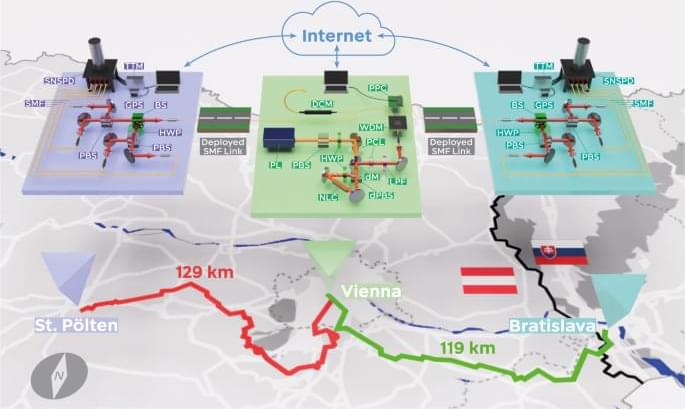
What will the Future look like? Will Elon Musk and SpaceX make the Mars landing? In this video, we go over our Future World by 2100. For more Tech and Future content be sure to subscribe to Tech World! Thanks for watching this video: The World by 2100
Check Out These Videos:
1 Trillion Years into the Future.
https://youtu.be/R12DMYoYWFw.
How Elon Musk’s Neuralink is Changing the World.
Why is SpaceX Building the Starship?
https://youtu.be/gYgbnf3Ni5g.
#Tech #Future #ElonMusk.
0:00 Intro.
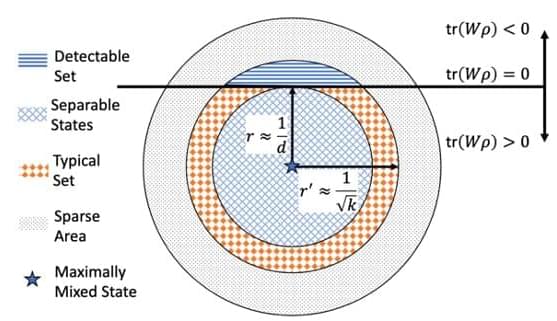
Quantum entanglement is a process through which two particles become entangled and remain connected over time, even when separated by large distances. Detecting this phenomenon is of crucial importance for both the development of quantum technology and the study of quantum many-body physics.
Researchers at Tsinghua have recently carried out a study exploring the possible reasons why the reliable and efficient detection of entanglement in complex and “noisy” systems has often proved to be very challenging. Their findings, published in Physical Review Letters, hint at the existence of a trade-off between the effectiveness and efficiency of entanglement detection methods.
“Over 20 years ago, researchers discovered that most quantum states are entangled,” Xiongfeng Ma, one of the researchers who carried out the study, told Phys.org.
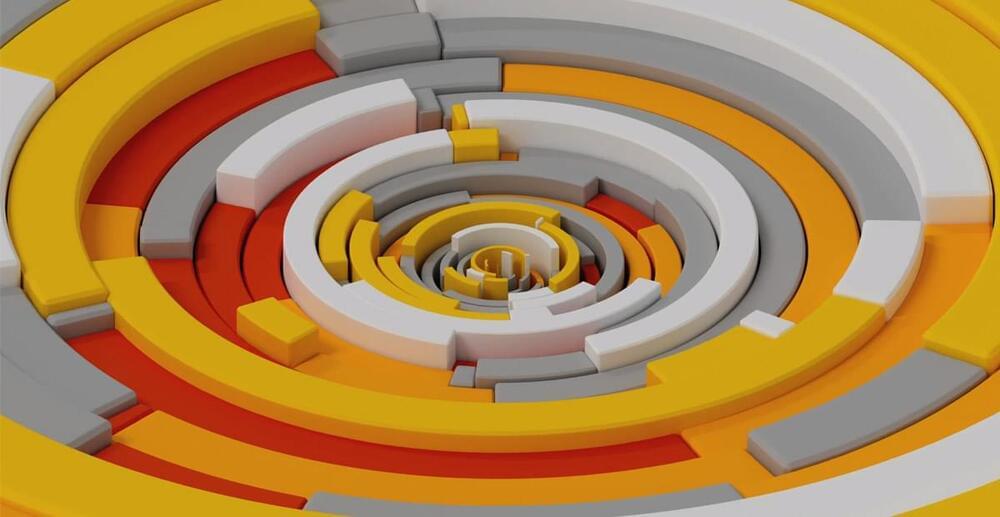
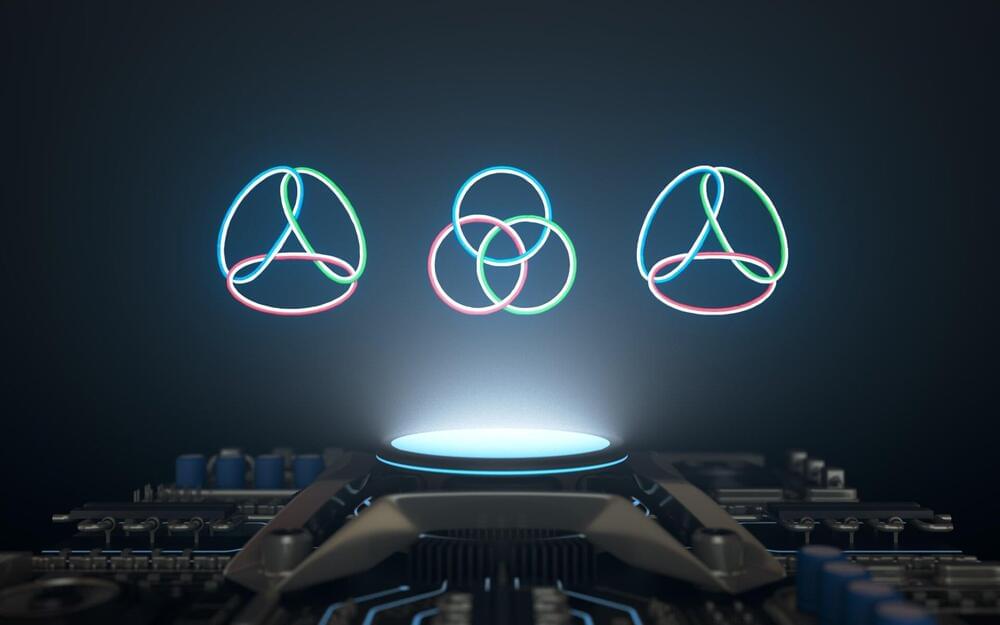
Scientists have shown how three vortices can be linked in a way that prevents them from being dismantled. The structure of the links resembles a pattern used by Vikings and other ancient cultures, although this study focused on vortices in a special form of matter known as a Bose-Einstein condensate. The findings have implications for quantum computing, particle physics and other fields.
The study is published in the journal Communications Physics.
Postdoctoral researcher Toni Annala uses strings and water vortices to explain the phenomenon: “If you make a link structure out of, say, three unbroken strings in a circle, you can’t unravel it because the string can’t go through another string. If, on the other hand, the same circular structure is made in water, the water vortices can collide and merge if they are not protected.”